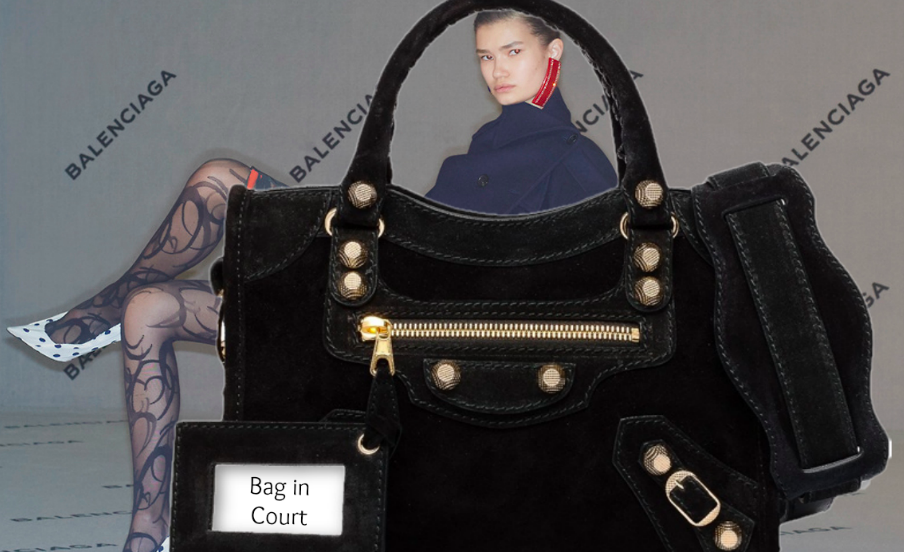
A Deal and Blow Judgement; French Court Cancels Balenciaga’s Trademark But Recognises Copyright Protection For Tote Bags.
In a recent ruling from the Paris Court of Appeal on the 22nd of September 2017, the French Luxury fashion house Balenciaga has been dealt a deal and blow ruling, losing the right to use of one of its trademarks, but seeing the courts acknowledge...

#NOFREEPHOTOS Fashion Photographers Take A Stand For Their Rights
In Milan, this past weekend according to WWD, about 40 photographers have come together publicly to protest against the unauthorised use of their street style photography.Members of the group, which calls itself an "unofficial union" named "The Photographers," have begun adding the agreed hashtag #NoFreePhotos to images uploaded on their Instagram accounts to take a stand against the commercial use being made of their photos.
